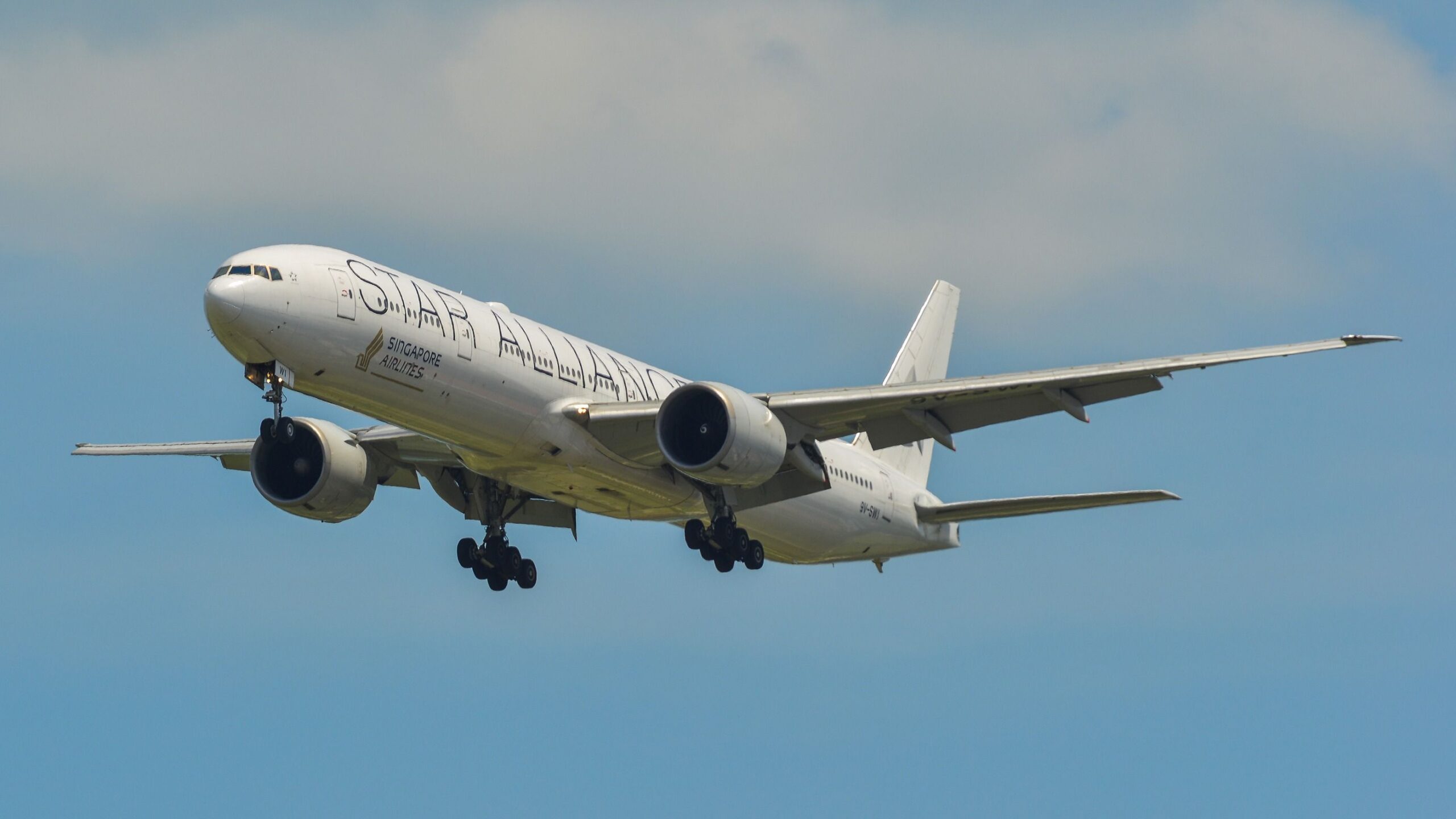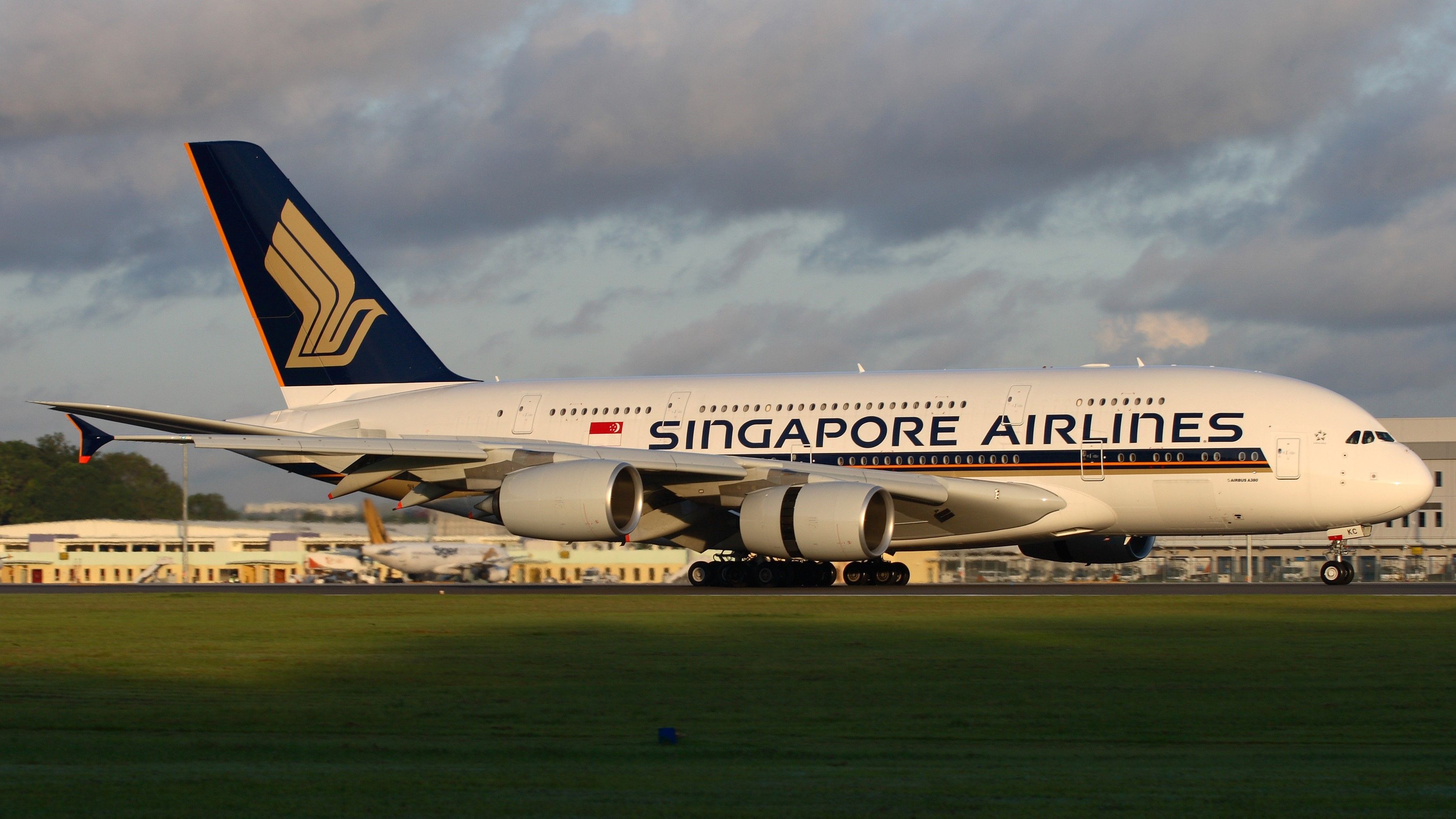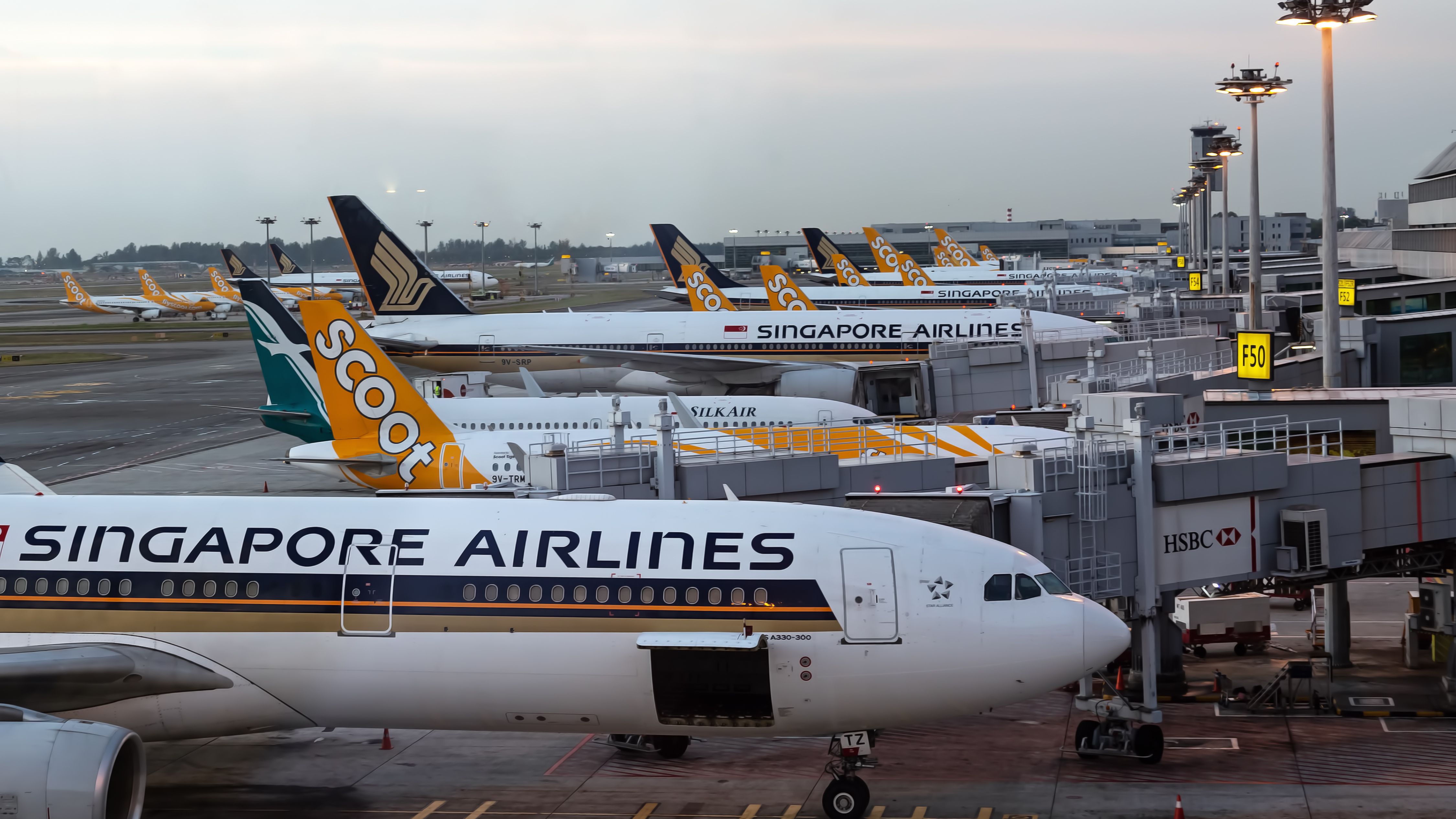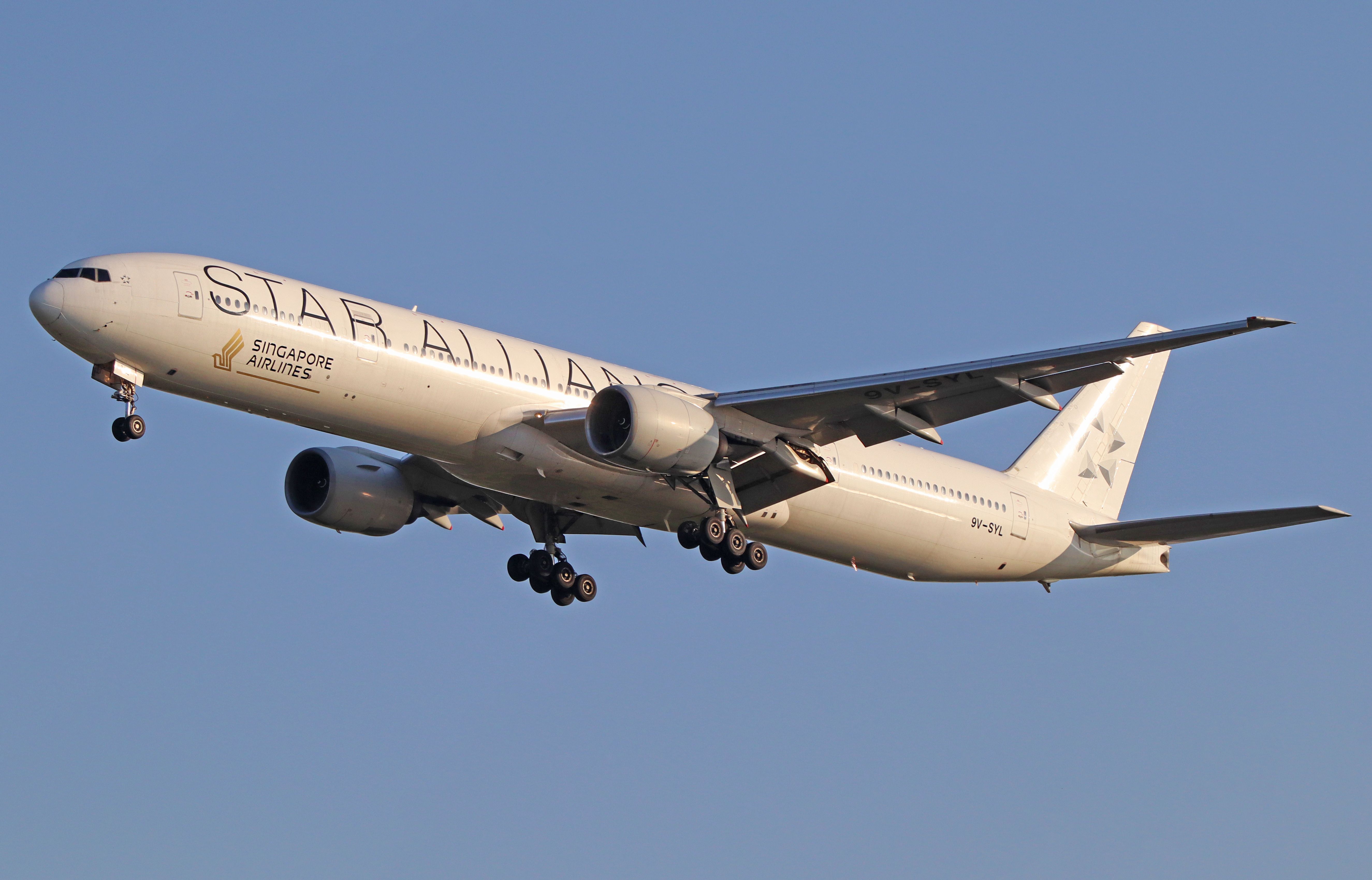Summary
- Singapore Airlines Group saw strong passenger growth in June, as SIA led the recovery with 14% more passengers than last year.
- Scoot has played a significant role in Group recovery, but SIA’s performance in June pushed passenger numbers to near pre-pandemic levels.
- Despite turbulence incident, SIA’s Boeing 777-300ER 9V-SWM has returned to service, passing safety checks for long-haul routes.
In June, Singapore Airlines carried close to 2.2 million passengers, 14% more than it did in June 2023, while low-cost carrier Scoot added 2% more passengers to reach 1.03 million. Overall, the Singapore Airlines Group transported nearly 3.2 million for the month, 9.7% more than in 2023, at a passenger load factor of 87.4%.
Big month for SIA
For the last year or so, Scoot has been the driving force behind the Group’s post-pandemic recovery, but in June, that mantle was taken over by full-service carrier Singapore Airlines. By adding 14% more passengers year-on-year (YoY), Singapore Airlines propelled the group to 99% of the passengers it carried in pre-COVID June 2019, signaling an end to the ravages brought by the pandemic.
Photo: Singapore Airlines
The Singapore Airlines Group carried 3.2 million passengers in June, compared to 2.9 million in 2023 and 3.2 million in 2019. In 2019, the SIA Group reported results for Singapore Airlines, Scoot and SilkAir, while today, it is just Singapore Airlines (SIA) and Scoot, which makes a direct like-for-like comparison a little muddy.
However, the Group recovery is clear, and while it is quickly rebounding, the stellar performance of Scoot during 2023/24 has enabled the full recovery. In June 2019, Scoot carried 931,000 passengers, and by June 2024, that had grown to 1.03 million, pushing the low-cost carrier 11% ahead of pre-pandemic levels.
Photo: Dmitry Dven | Shutterstock
The mid-year school holidays and summer travel season kept demand high across all regions, with revenue passenger kilometers (RPK) growing 7.2% YoY, although available seat kilometers (ASK) outpaced that at 11.0%. That imbalance reduced the load factor by 3.2 percentage points to 87.4%.
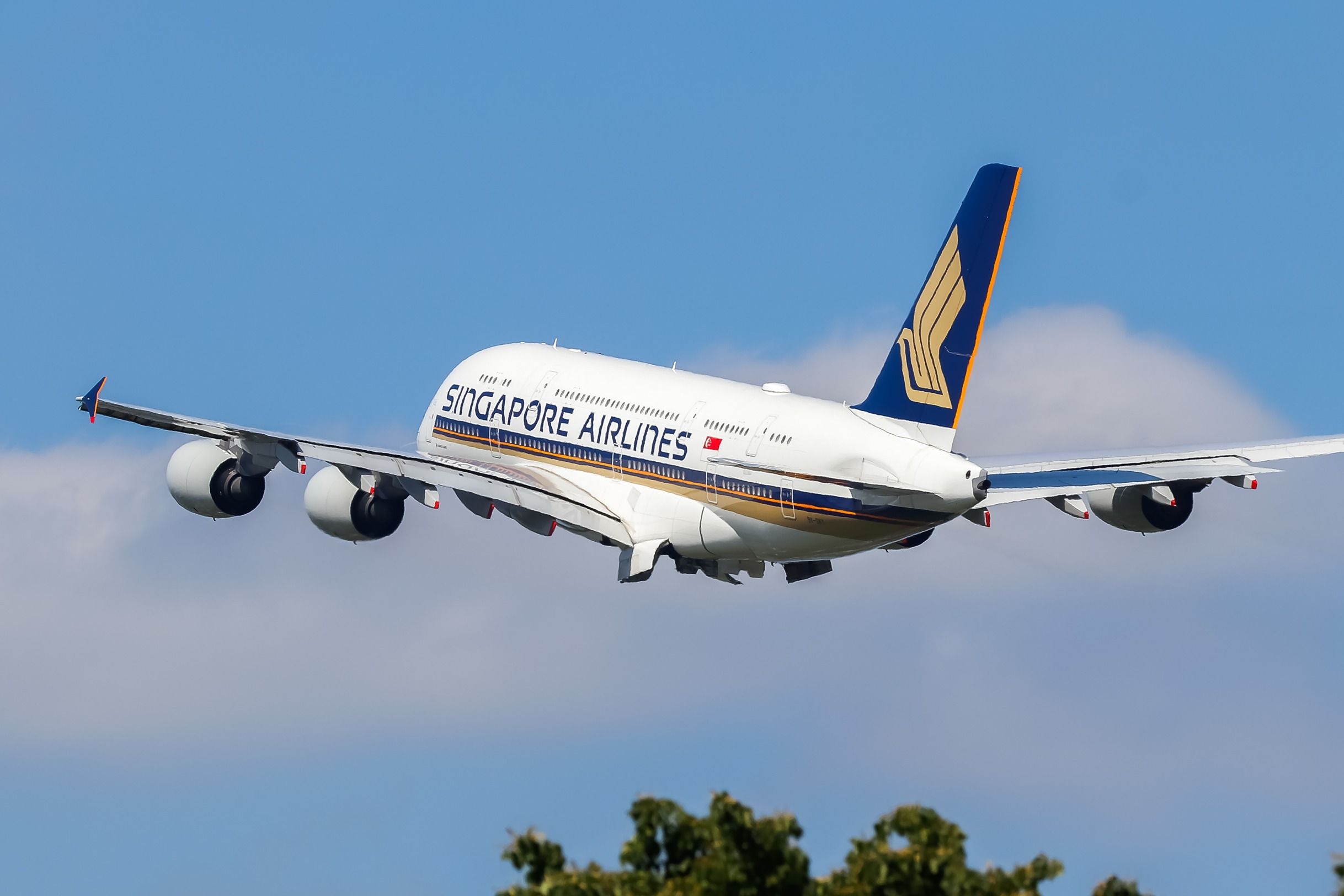
Related
Singapore Airlines and Garuda Indonesia Green Light For Joint Venture
Singapore’s competition regulator has approved the strategic partnership between Singapore Airlines and Garuda Indonesia.
SIA added 10% more RPKs and 13.3 ASKs, pushing its load factor down 2.6 points to 87.1%. Across its five regions, the biggest drop was in Europe, although all regions maintain very healthy load factors, led by the Southwest Pacific (91.3%), the Americas (91.1%), Europe (87.4%), West Asia and Africa (84.1%) and East Asia (83.2%).
Scoot’s RPKs fell by 2.2%, while ASKs increased by 3.3%, resulting in a load factor drop of 4.9 percentage points to 88.7%. East Asia lost five percentage points to fall to 87.6%, behind the Rest of the World, which includes the popular Australian market, at 92.3% and West Asia at 88.0%.
The return of 9V-SWM
On May 20, Singapore Airlines flight SQ321, operated by a Boeing 777-300ER, departed London Heathrow Airport (LHR) at 22:38 with 229 passengers and crew onboard and headed for Singapore. As it crossed Myanmar, it was struck by severe turbulence that resulted in injuries to more than 100 and the death of one passenger.
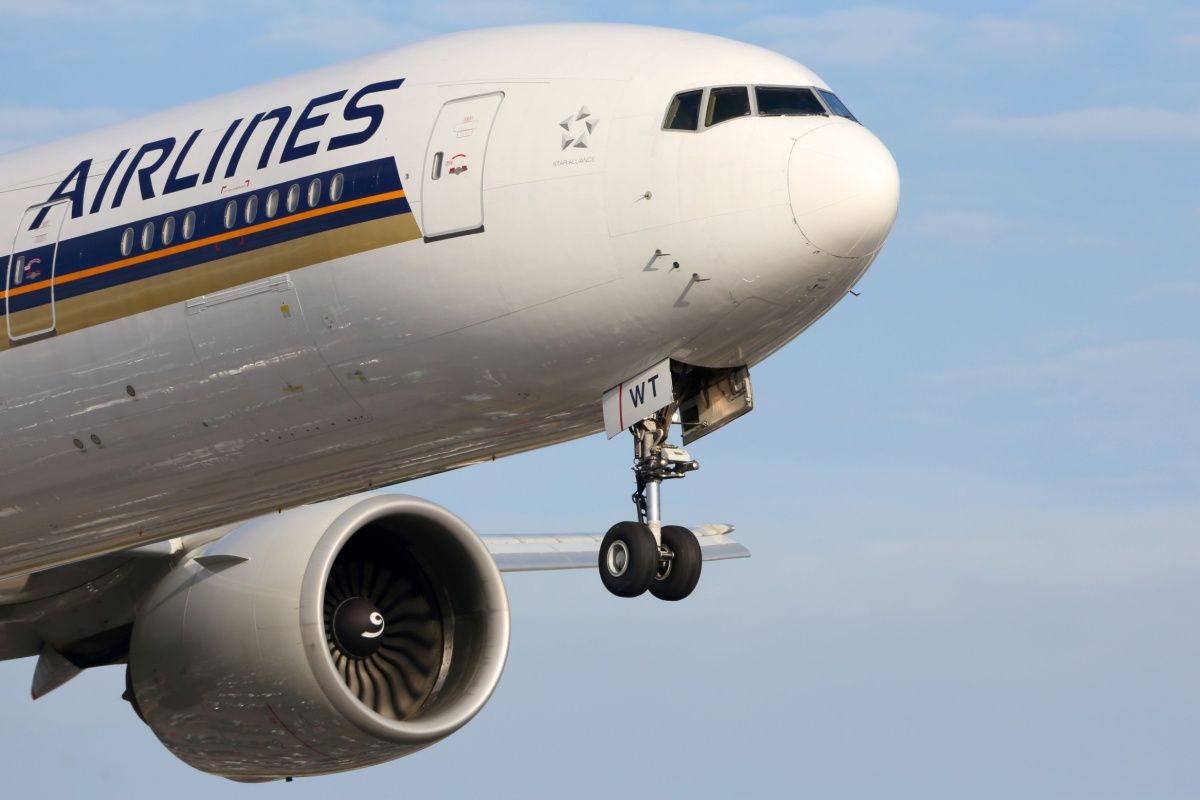
Related
Singapore Airlines CEO Apologizes For “Traumatic Experience” Of Passengers On Turbulent Flight
Singapore Airlines has apologized for, and is working through, a dramatic air turbulence incident resulting in one death and multiple injuries.
The aircraft diverted to Bangkok and made an emergency landing at Suvarnabhumi International (BKK) on May 21, 2024. According to Flightradar24, the aircraft, a 2008 Boeing 777-300ER registration 9V-SWM and MSN 34578, remained in Bangkok until May 26, when it returned to Singapore Changi International (SIN).
Photo: KITTIKUN YOKSAP | Shutterstock [not 9V-SWM]
Yesterday, the 777 returned to service when it operated flight SQ830 from Singapore to Shanghai Pudong International (PVG). The flight departed SIN at 10:23, and landed in Shanghai at 15:24 after a 5:01-hour flight and was back in Singapore at 21:49. Later today, it will set off on a return service to Melbourne Airport (MEL) as it resumes full service on long and medium-haul routes.
The Flightradar24 tracking data shows it carried out a two-hour test flight on July 23 out and back from Singapore, the only flying activity recorded since it returned from Bangkok. A Singapore Airlines spokesperson told the Straits Times that the 777 met the safety requirements set by the manufacturer, passed stringent safety checks by SIA’s engineering and flight teams, and successfully completed a functional check flight before its return to service.

